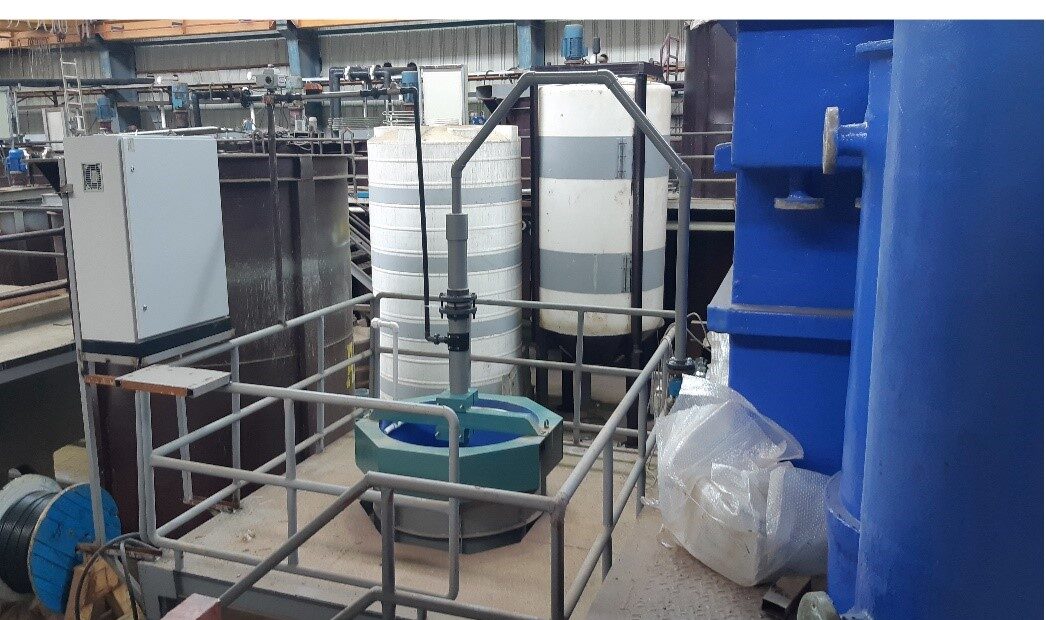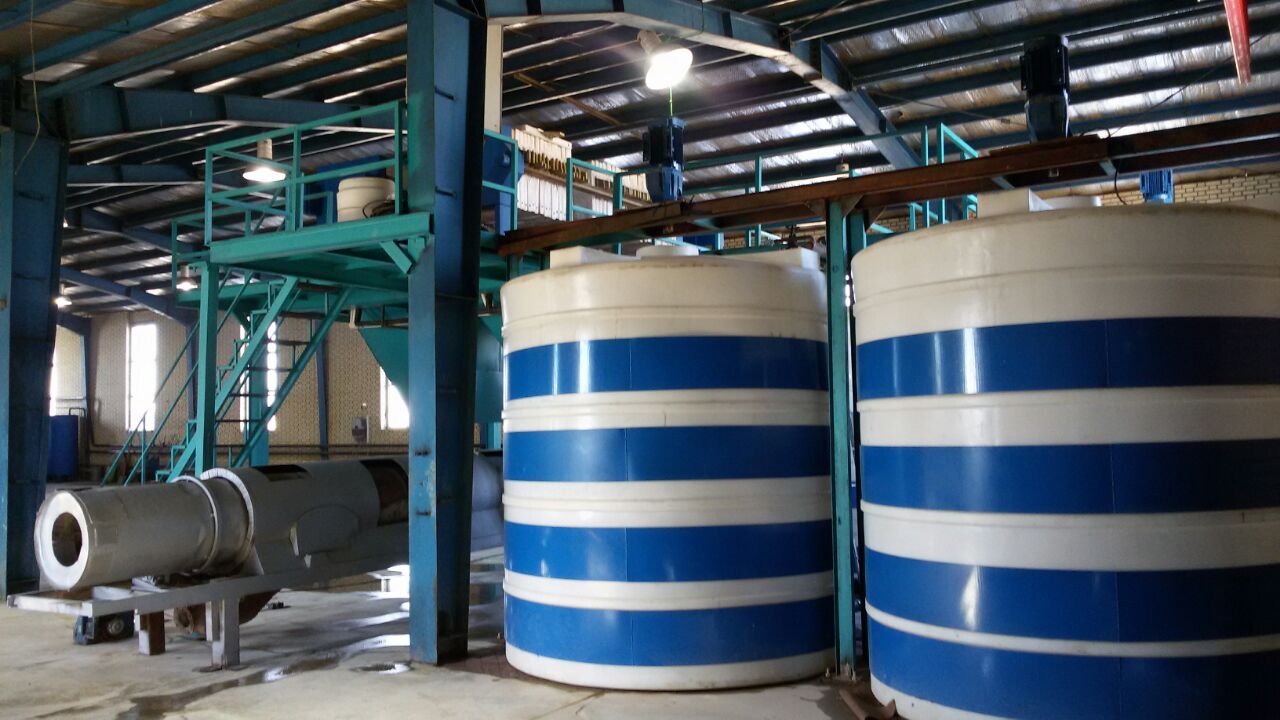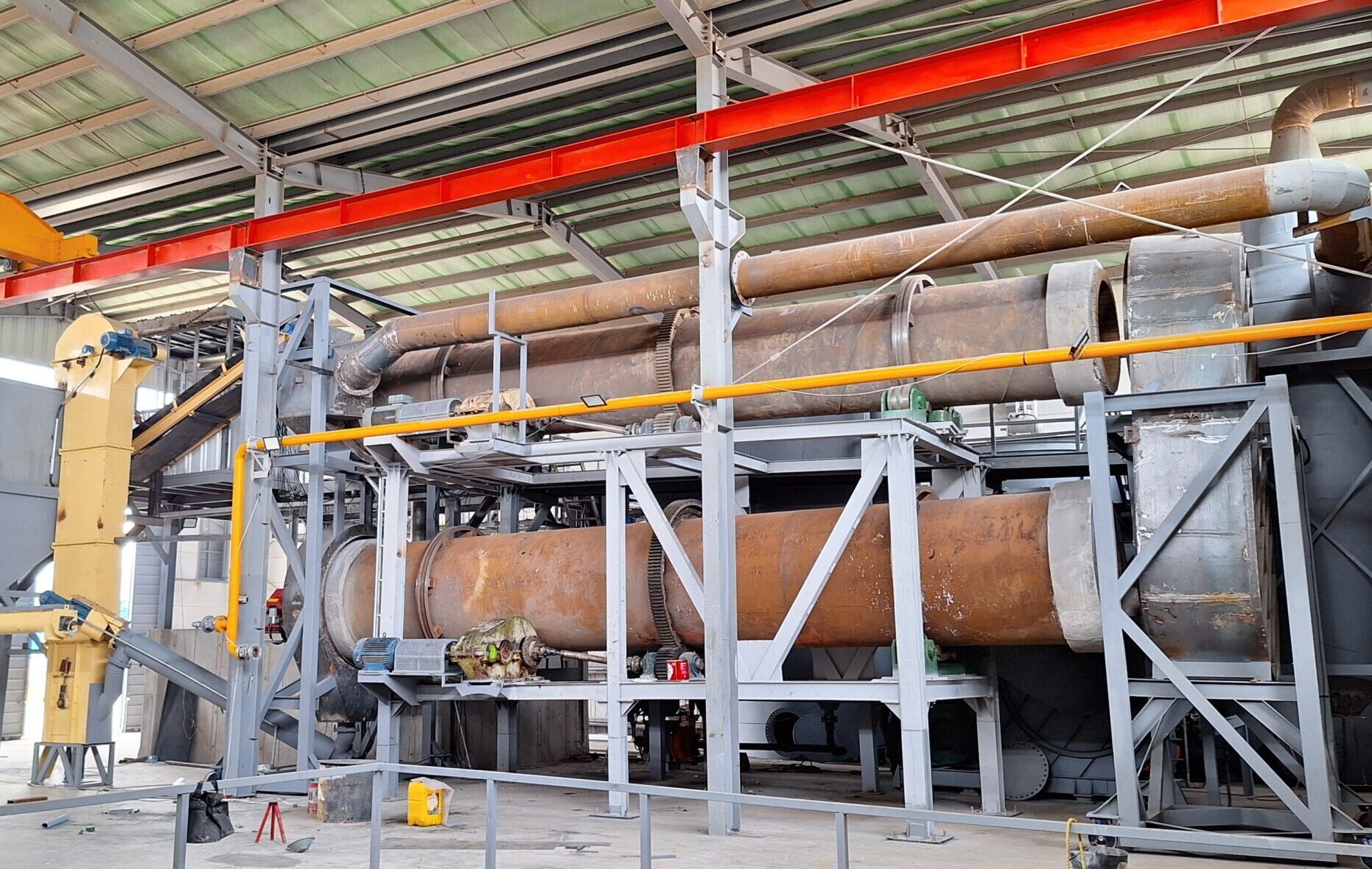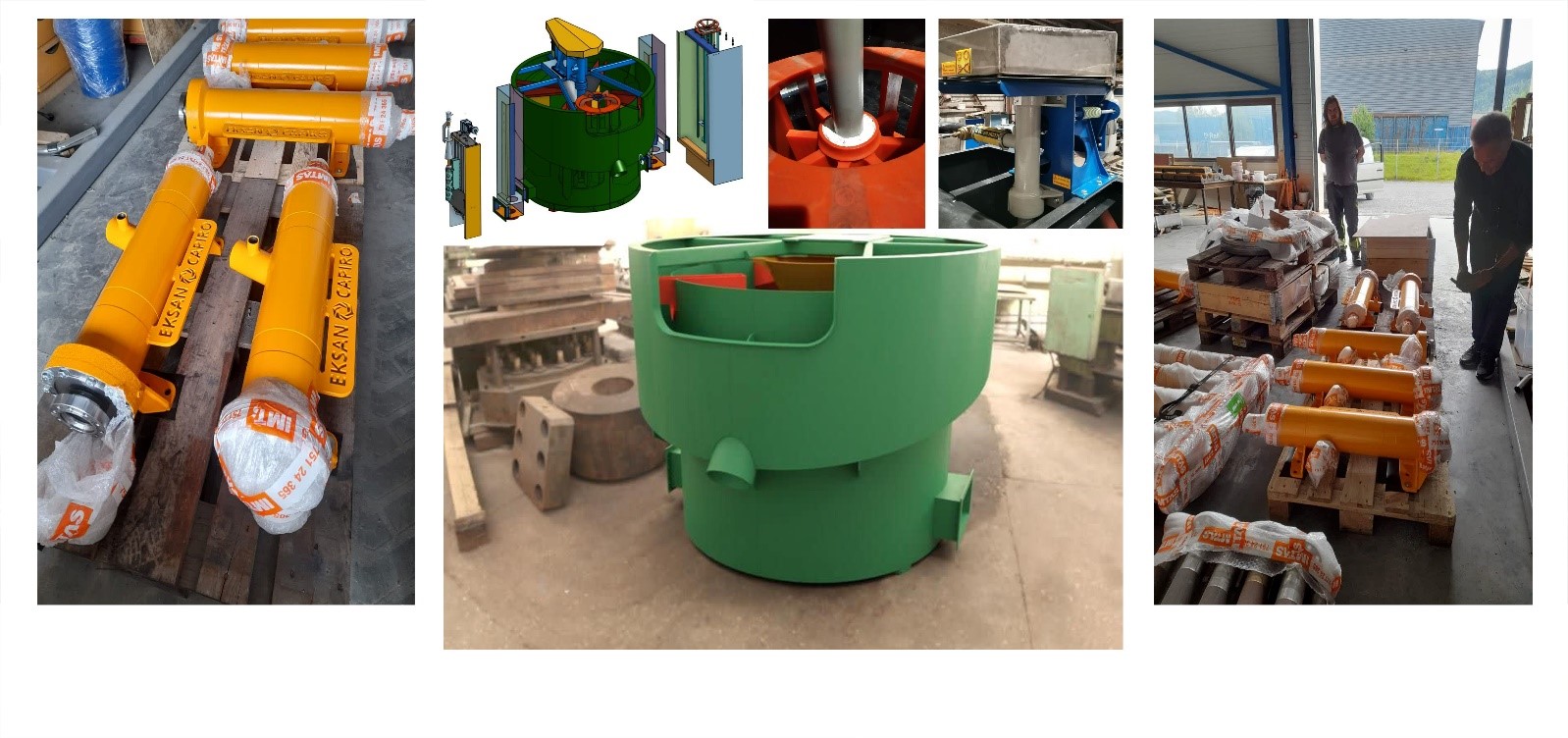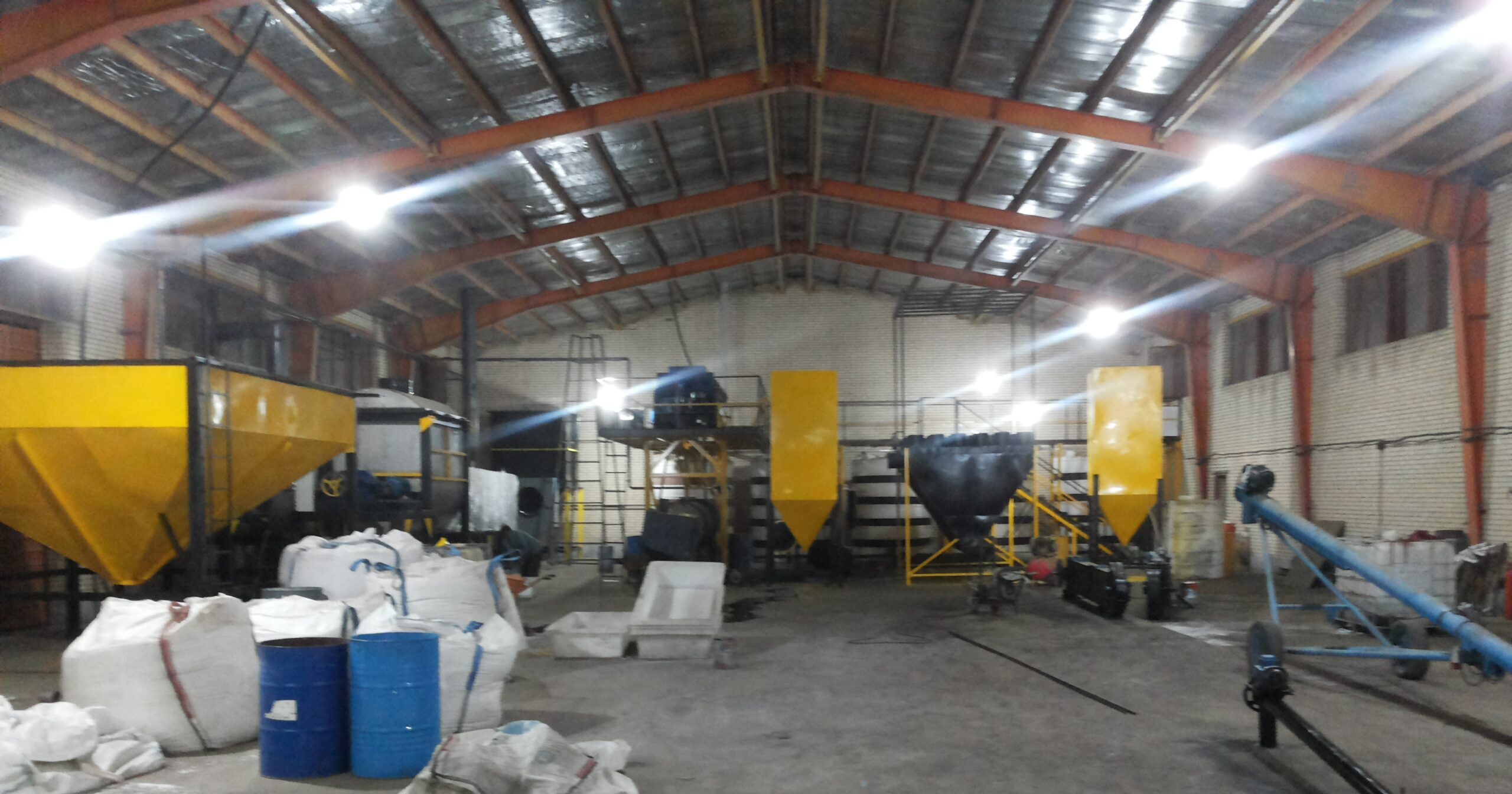The molybdenite processing plant at the Sarcheshmeh Copper Complex in Rafsanjan consists of 5 rougher lines, 7 cleaner lines, and includes two stages of secondary crushing and intermediate dewatering. The feed for this unit is copper concentrate produced from the flotation units of the Sarcheshmeh Copper Plant 1 and 2. The daily input for this line is 2,000 tons of copper concentrate with 21% copper content and 0.4% molybdenum. Ultimately, the molybdenum grade in the final product reaches 50%.
The original design of the Cleaner 3 tailings discharge intended it to be the final waste stream exiting the circuit. However, due to recent changes in the plant and increased throughput, the tailings grade from Cleaner 3 has not been sufficient for disposal. Consequently, engineers have had to redirect these tailings back to the beginning of the line, adding extra load to the circuit and causing undesirable recirculation effects. The Faramine Asia Industrial Mining Group undertook the task of reducing the tailings grade to acceptable levels through laboratory and pilot tests using Jameson flotation cells. These tests successfully lowered the tailings grade to highly desirable levels. It was then decided to manufacture and install these cells on an industrial scale at the site.
It is important to note that previous attempts to recover the valuable components from the tailings of this circuit using mechanical flotation cells had been unsuccessful. The primary reasons for these failures included the fine particle size of the tailings and the difficulties associated with flotation of such fine material. The fine nature of the particles resulted in inadequate surface exposure for effective flotation. Jameson flotation cells, however, address these issues effectively. They utilize fine air bubbles that significantly enhance particle recovery, even for very fine particles. Furthermore, the compact design of Jameson cells allows for their installation in the limited space available within older plants, which is a significant advantage over traditional mechanical flotation cells.




